How to Optimize Payment Processing for High-Ticket Purchases

Payment processing for larger ticket items — such as those exceeding $1,000 per order — creates a unique set of challenges. For businesses in the high-risk category, let’s just say those challenges are magnified.
Increased fraud risk, elevated chargeback ratios, and heavier scrutiny from banks and processors are only the beginning. Larger transactions draw far more attention than smaller ones. And when you’re talking ticket items in the $1,000+ range, even one disputed charge can lead to significant financial loss — or worse, account termination. Even businesses with glowing reputations can struggle with these complexities.
So how do we optimize our payment processing for high-ticket items?
Let’s break it down.
What Are High-Ticket Purchases?
We touched on this in the summary, but let’s add a little more depth.
High-ticket purchases generally refer to sales of around $1,000 per order — or more.
But there’s no hard line. In some cases, purchases under that amount might still be considered high-ticket depending on the industry, customer expectations, or risk category.
The point is: high-ticket is more of a gray zone than a strict definition. And the more risk involved — whether due to price, product type, or industry reputation — the more caution payment processors will apply.
What Are Some Examples of High-Ticket Items in the High-Risk Industry?
Here’s a few:
- Premium adult content subscriptions – Annual or lifetime access packages bundled with exclusive perks or VIP creator experiences.
- Coaching and education programs – Especially those tied to personal development, financial empowerment, or business mentorship in adult industries.
- Luxury toys and devices – High-end pleasure tech, collector’s items, or specialized equipment with price tags to match.
- Digital services and fan experiences – Personalized video content, interactive streams, or creator engagements.
- Wellness and supplement bundles – Long-term stacks or full-body health packages in the nutraceutical and enhancement spaces.
If your product or service is exclusive, high-value, and operating within a high-risk vertical, chances are you’re navigating some version of high-ticket payment processing.
Why Traditional Processors Struggle with High-Ticket Sales
Let’s be real — traditional payment processors aren’t built for high-ticket risk.
Services like Stripe, PayPal, and even Shopify Payments are designed to handle low- to mid-value transactions for mainstream, low-risk merchants. The moment a transaction strays too far outside the norm — in value, category, or both — the red flags start flying. For many of you, this isn’t news at all as you’ve experienced the frustrations in dealing with them.
Here’s what that might look like:
- A $2,500 sale of a custom coaching package goes through, but your account gets frozen before the funds clear.
- You process a few $1,200 subscriptions, and the processor flags your business for “suspicious activity.”
- A single chargeback wipes out weeks of revenue — and puts your merchant account under review.
Why, why why?
Simple: Because high-ticket + high-risk equals uncertainty for processors. They worry about high loss potential, refund fraud, and regulatory blowback — especially if your category already sits in the gray zone. In response, they throttle your sales volume, limit your ticket size, or shut you down entirely. You simply aren’t worth the risk for them. We hate to put it this way, but they don’t need you.
How to Optimize Payment Processing for High-Ticket Sales
Now that we’ve laid out the landscape, let’s talk about how to navigate it. Don’t worry, things are about to get a whole lot more optimistic.
Optimizing for high-ticket purchases isn’t just about pushing transactions — it’s about building a payment strategy that supports long-term growth and keeps your accounts in good standing.
Here’s how to do it.
Choose the Right Payment Processor
This is where it all begins - the foundation.
Not all processors are created equal — and many of the popular names simply aren’t built to handle high-risk, high-ticket transactions (we went over in the first half of our piece).
You need a processor that understands your industry, has experience working with high-risk merchants, and offers the flexibility to accommodate large-value payments without freezing your funds. Getting started the right way is essential. Otherwise, you risk losing your funds entirely.
Look for:
- High-risk merchant account experience
- Transparent fee structures for large transactions
- Flexible ticket size limits
- Chargeback mitigation tools
- Dedicated support (especially helpful when you hit friction)
It’s also worth asking how they handle rolling reserves and payment holds, so you’re not blindsided when your first big sale triggers a payout delay. A processor that’s upfront and proactive is worth its weight in gold.
Offer Multiple Payment Options
High-ticket customers may not want to use a traditional credit card for a $2,000 purchase. Think about yourself during the holidays or when buying a fancy couch and are confronted with bigger ticket purchases. You often start considering your payment method a whole lot more.
Offering a mix of payment methods, like ACH bank transfers, crypto, or third-party financing tools, gives customers more control and reduces the chance of a failed payment.
Some high-risk-friendly processors also support buy-now-pay-later (BNPL) or installment plans — a smart move for turning hesitant shoppers into buyers.
Build Trust at Checkout
The bigger the price tag, the more confidence your buyer needs at the point of sale. An overly complex checkout flow can cause drop-off, while a smooth, branded, and secure experience builds credibility.
Some quick wins:
- Use SSL certificates and visible trust badges
- Keep checkout forms clean and intuitive - this is also better for conversions in general.
- Clearly state refund and return policies
- Provide real-time support options (chat, phone, or at least an FAQ)
Reduce friction, boost conversion rates, and lower the risk of chargebacks. That’s how you get it done.
Monitor Transactions and Flag Suspicious Activity
High-ticket fraud is real — and when it hits, it hits hard.
When you think about it, fraudsters realize that higher ticket heists are lower effort, much higher return activity. It makes sense they’d zone in on it.
Most reputable processors will have fraud prevention tools baked in, but you should also keep a close eye on things yourself. Unusual billing addresses, mismatched contact info, or repeated attempts on the same card? That’s a red flag.
Set up:
- Transaction alerts
- Velocity checks (limits on how many times a card can be used in a short period)
- AVS and CVV verification to weed out bad actors
Being proactive not only protects your bottom line — it can also help keep your processor happy and your account in good standing.
Final Thoughts
High-ticket sales in high-risk industries come with extra friction — but they also come with serious revenue potential.
With the right processor, a frictionless checkout experience, and a proactive fraud strategy, you can protect your business while giving your customers the confidence to complete those big purchases.
Optimizing payment processing isn’t just about getting paid — it’s about building a sustainable path for growth.
Contact MobiusPay to find out how they can help you scale securely and confidently.
Return to Blog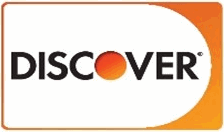
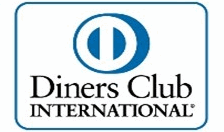
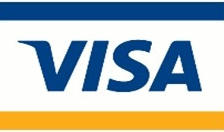

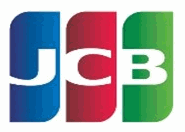
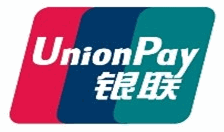
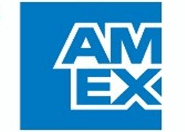
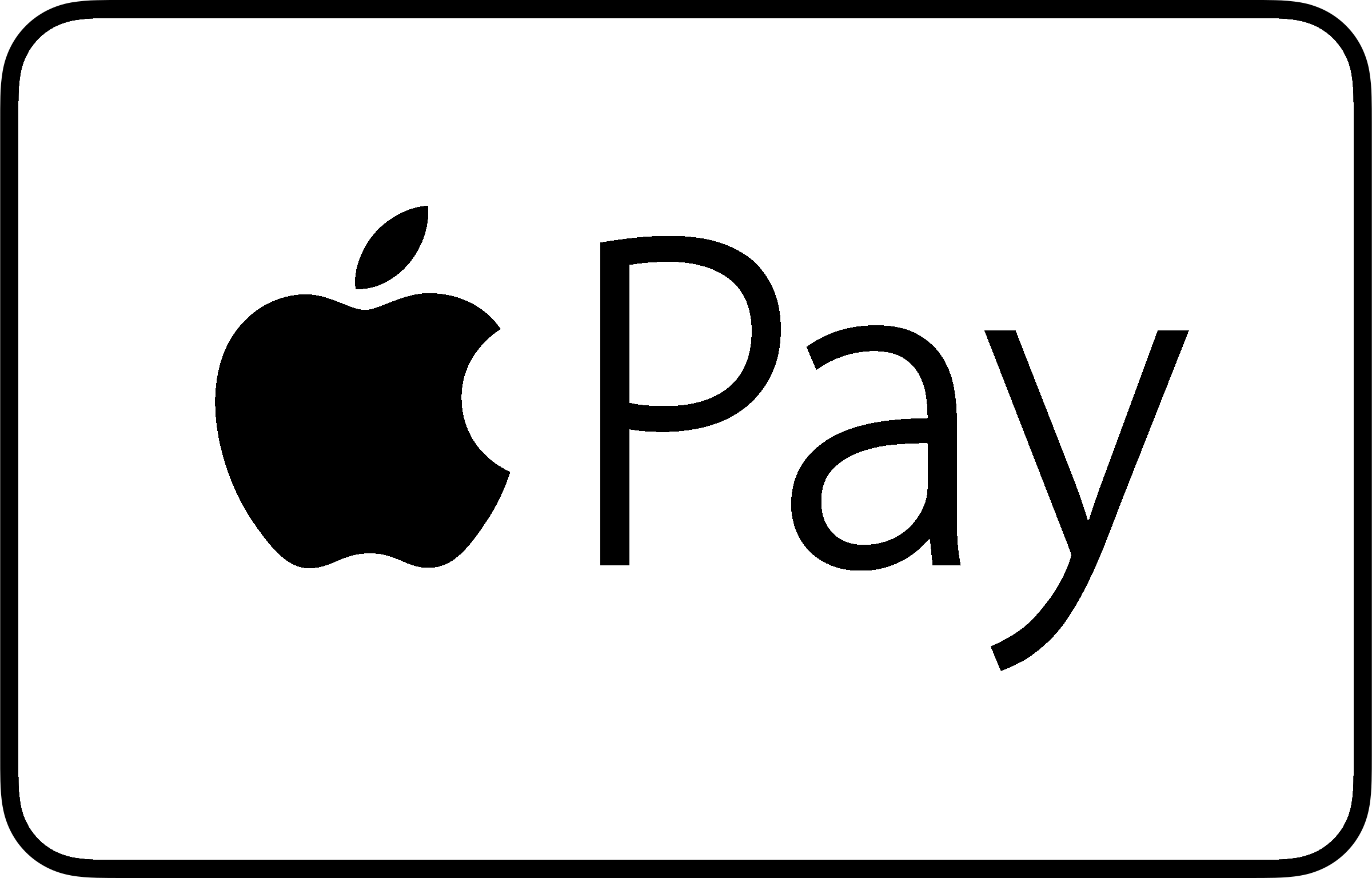

* Created by
